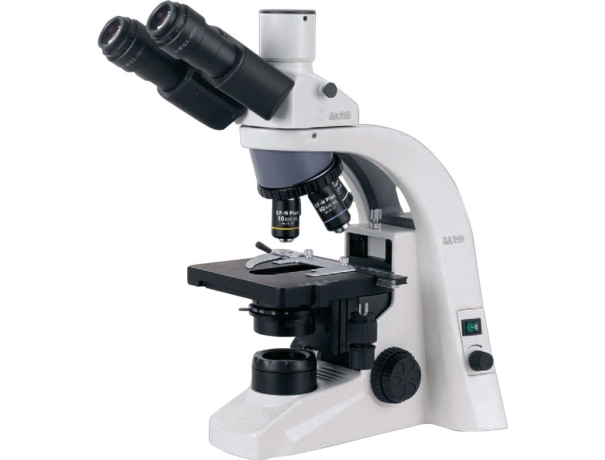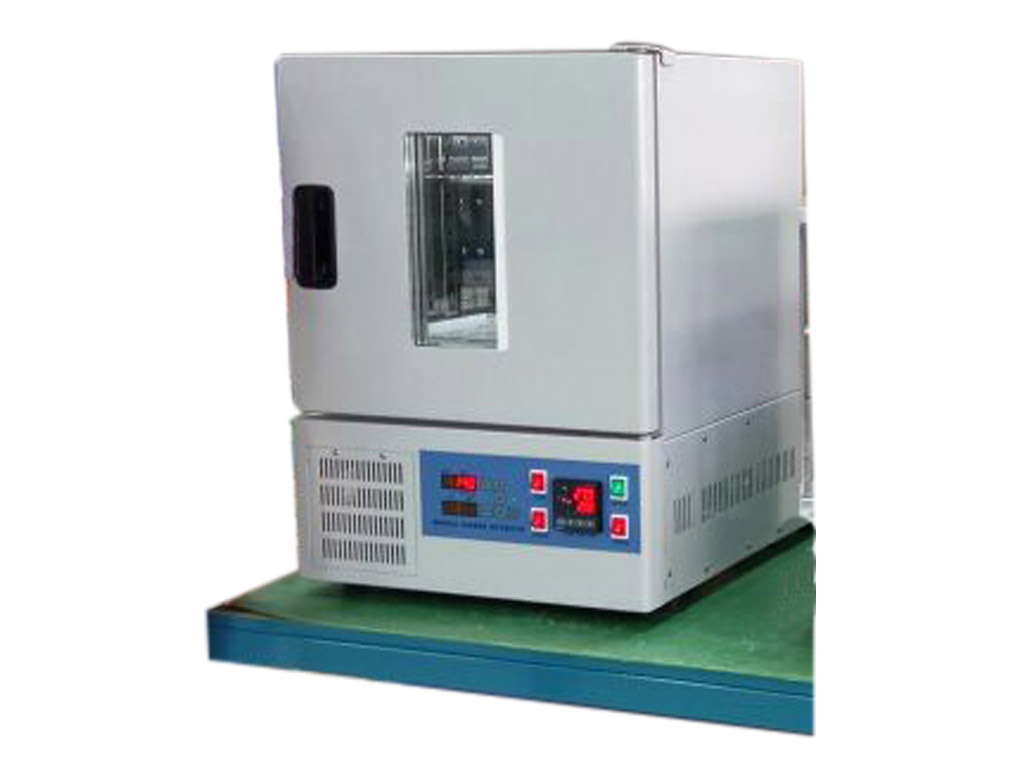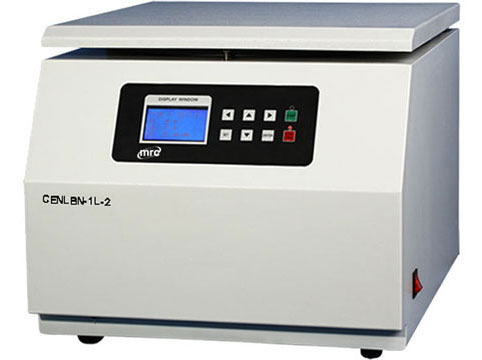Microbiology labs its important in scientific research and the study of microorganisms. These labs are equipped with various instruments that aid in the identification, cultivation, and analysis of microorganisms. In this article, we will explore the essential instruments used in a microbiology lab and understand their significance in conducting accurate and reliable experiments.
Microbiology is the branch of science that studies microorganisms such as bacteria, viruses, fungi, and parasites. A microbiology lab is a specialized facility where scientists and researchers study these microorganisms to understand their behavior, structure, and function. To perform accurate experiments and analyses, microbiology labs rely on a range of specialized instruments. Let's explore some of the most important instruments used in a microbiology lab.
Microscopes
Microscopes are indispensable tools in any microbiology lab. They allow scientists to observe microorganisms that are too small to be seen with the naked eye. Microscopes come in various types, such as compound microscopes, Digital microscopes, and fluorescent microscopes. These instruments enable researchers to visualize the morphology and structure of microorganisms, aiding in their identification and classification.

Incubators
Laboratory Incubators are used to create and maintain optimal temperature and environmental conditions for the growth of microorganisms. They provide a controlled environment that promotes the cultivation of bacteria, fungi, and other microorganisms. Incubators are equipped with temperature controls, humidity control, and adjustable shelves to accommodate different types of cultures.

Autoclaves
Autoclaves are essential instruments for sterilizing equipment and media in a microbiology lab. They use high-pressure steam to kill microorganisms, including bacteria, viruses, and spores. Autoclaves ensure that the lab's tools, such as glassware, pipettes, and media, are free from any contaminating microorganisms, minimizing the risk of cross-contamination and ensuring accurate experimental results.

Centrifuges
Centrifuges are used to separate substances based on their density using centrifugal force. In a microbiology lab, centrifuges are commonly used to separate microbial cells from culture media or to isolate specific components, such as DNA or proteins. By spinning samples at high speeds, centrifuges allow scientists to collect microorganisms or their components for further analysis.

PCR Machines
PCR (Polymerase Chain Reaction) machines are utilized in molecular biology labs, including microbiology labs, to amplify specific DNA sequences. They enable the replication of DNA segments, providing researchers with an ample amount of genetic material for various applications, such as DNA sequencing, gene expression analysis, and genetic engineering. PCR machines have revolutionized the field of microbiology by allowing the detection and identification of microorganisms through their genetic signatures.
Spectrophotometers
Spectrophotometers are instruments that measure the intensity of light transmitted or absorbed by a substance. In a microbiology lab, spectrophotometers are used to determine the concentration of microbial cultures, assess their growth rates, and monitor enzyme activities. These instruments provide quantitative data, allowing researchers to analyze and compare different samples accurately.
Petri Dishes
Petri dishes are shallow, flat, cylindrical glass or plastic containers with lids. They are widely used in microbiology labs for culturing microorganisms. Petri dishes contain a solid growth medium, such as agar, which provides a nutrient-rich environment for the growth of bacteria, fungi, or other microorganisms. Researchers can streak or spread a microbial sample onto the agar surface and observe the formation of colonies, helping in the isolation and identification of specific microorganisms.
Bunsen Burner
A Bunsen burner is a common fixture in microbiology labs. It is a gas burner used for sterilizing inoculating loops or needles, as well as heating up substances. The adjustable flame of the Bunsen burner provides a high temperature for aseptic techniques and sterilization, ensuring the elimination of any contaminating microorganisms from the lab equipment.
Microbial Culture Media
Microbial culture media are nutrient-rich substances used to support the growth and multiplication of microorganisms. There are various types of culture media available, including agar plates, broth media, and selective or differential media. These media contain specific nutrients necessary for the growth of different microorganisms, allowing researchers to cultivate and study them under controlled conditions.
Pipettes
Pipettes are precise measuring instruments used in microbiology labs to transfer small volumes of liquids. They come in different forms, such as micropipettes and serological pipettes, and are essential for accurately dispensing reagents, microbial cultures, or samples during experiments. Pipettes enable researchers to handle small quantities with precision and reduce the risk of contamination or error in measurements.
Safety Cabinets
Safety cabinets, also known as biological safety cabinets or laminar flow hoods, are specialized workstations designed to provide a sterile and protected environment for handling microorganisms. These cabinets use high-efficiency particulate air (HEPA) filters to maintain a clean airflow, preventing the escape of hazardous microorganisms and protecting researchers from potential exposure. Safety cabinets are crucial for working with pathogenic microorganisms and ensuring the safety of laboratory personnel.
Microbiological Loop
A microbiological loop, also called an inoculating loop or needle, is a simple but vital tool used in microbiology labs. It consists of a thin metal or plastic wire loop that is heated until red-hot and then used to transfer microorganisms. Microbiologists use the loop to streak microbial samples onto agar plates, allowing the isolation of individual colonies and the study of their characteristics.
Colony Counter
A colony counter is a device used to count and record the number of colonies that develop on agar plates. It consists of a magnifying glass or a digital display that aids in the accurate counting of colonies. Colony counting is crucial in various microbiological applications, such as determining bacterial concentrations, evaluating antimicrobial effectiveness, and analyzing microbial growth patterns.
Why is it important to use quality instruments?
Using quality instruments is crucial for several reasons:
- Accuracy and Reliability: Quality instruments are designed and manufactured to provide accurate and reliable results. They are calibrated and tested to ensure precise measurements and consistent performance, reducing the chances of errors or inaccuracies in experimental data. This is especially important in microbiology labs, where even minor variations can impact research outcomes.
- Consistency: Quality instruments offer consistent performance over time. They maintain their calibration and functionality, allowing researchers to obtain reliable results consistently. Consistency is vital in microbiology labs, as it ensures that experiments can be replicated and validated, leading to more robust scientific findings.
- Durability: Quality instruments are built to withstand the rigors of laboratory use. They are constructed with high-quality materials and undergo stringent quality control measures during manufacturing. This durability ensures that the instruments can withstand repeated usage, handling, and cleaning without compromising their accuracy or functionality.
- Safety: Quality instruments prioritize user safety. They are designed with features that minimize potential risks, such as ergonomic designs for comfortable handling, safety interlocks, and protective measures to prevent exposure to hazardous substances or accidents. Using reliable and safe instruments is essential for the well-being of laboratory personnel and the integrity of the research environment.
- Longevity: Investing in quality instruments means investing in their longevity. They have a longer lifespan compared to subpar or low-quality alternatives. Quality instruments require less frequent repairs or replacements, resulting in cost savings for the laboratory in the long run.
- Compatibility: Quality instruments are often designed to be compatible with other laboratory equipment and accessories. This compatibility allows for seamless integration into existing workflows, making it easier for researchers to perform experiments, analyze data, and collaborate with other scientists.
What is Microbiology Lab?
A microbiology lab is a specialized laboratory dedicated to the study and analysis of microorganisms. Microorganisms, also known as microbes, are microscopic organisms that include bacteria, viruses, fungi, and parasites. These labs are equipped with various tools, instruments, and facilities specifically designed to handle and study microorganisms.
Microbiology labs serve as the primary hub for conducting research, experiments, and analyses related to microorganisms. Scientists, researchers, and technicians working in these labs investigate various aspects of microorganisms, including their structure, function, behavior, interactions, and their effects on human health, the environment, and other living organisms.
The main objectives of a microbiology lab include:
Identification and Classification: Microbiology labs are responsible for identifying and classifying different types of microorganisms. This involves studying their physical characteristics, biochemical properties, and genetic makeup to determine their species, strain, or subtype.
Cultivation and Growth: Microbiology labs provide a controlled environment for the cultivation and growth of microorganisms. They prepare and maintain specialized growth media that provide the necessary nutrients and conditions for microorganisms to thrive and multiply.
Disease Diagnosis and Surveillance: Microbiology labs play a crucial role in diagnosing infectious diseases caused by microorganisms. They receive patient samples, such as blood, urine, or swabs, and perform various tests to identify the presence of specific pathogens or indicators of infection. Microbiology labs also contribute to public health surveillance programs by monitoring the prevalence and spread of infectious diseases in a population.
Research and Development: Microbiology labs are at the forefront of scientific research and development. Scientists in these labs investigate the mechanisms of microbial diseases, study the interactions between microorganisms and their hosts, explore new treatment methods, develop vaccines, and contribute to advancements in biotechnology and genetic engineering.
Quality Control and Testing: Microbiology labs are responsible for ensuring the safety and quality of products and environments. They perform microbial testing on food, water, pharmaceuticals, and other substances to detect the presence of harmful microorganisms and assess their levels of contamination.
Microbiology labs adhere to strict protocols and safety measures to prevent cross-contamination, maintain sterility, and protect laboratory personnel and the surrounding environment. They are equipped with specialized instruments such as microscopes, incubators, autoclaves, centrifuges, PCR machines, and spectrophotometers, among others, to facilitate the study and analysis of microorganisms.